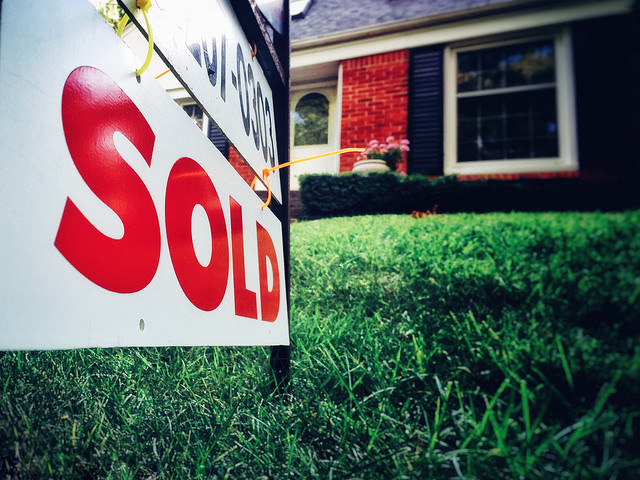Whether you’re looking to buy a new house or not, what’s happening in the new home market should matter to you. That’s because, when the new home market is doing well. builders build more houses. And when more new homes are built, it creates additional supply which helps keep home prices from spiking. In short, if builders are optimistic about the market, it’s an encouraging sign. That’s why the National Association of Home Builders conducts a monthly survey tracking how builders feel about current conditions and their expectations for the coming months. In July, their Housing Market Index – which is scored on a scale where any number above 50 indicates more builders view conditions as good than poor – jumped 14 points to 72. Chuck Fowke, NAHB’s chairman, says there are a number of factors boosting builder confidence right now. “Builders are seeing strong traffic and lots of interest in new construction as existing home inventory remains lean,†Fowke said. “Moreover, builders in the Northeast and the Midwest are benefiting from demand that was sidelined during lockdowns in the spring. Low interest rates are also fueling demand, and we expect housing to lead an overall economic recovery.†Among its components, the index found current sales conditions and expectations for the next six months experienced the biggest month-over-month rebound. (source)













